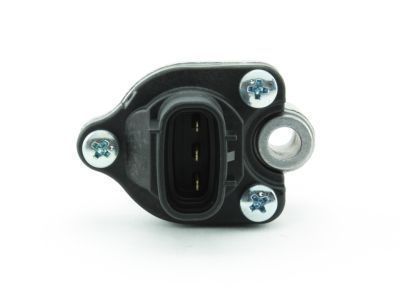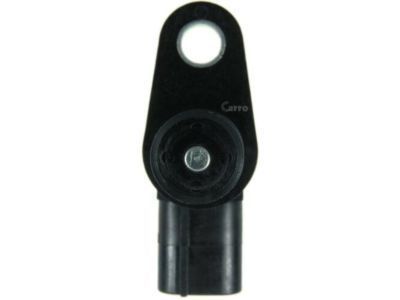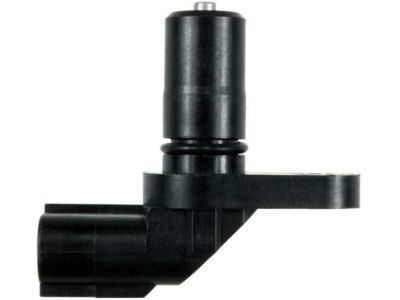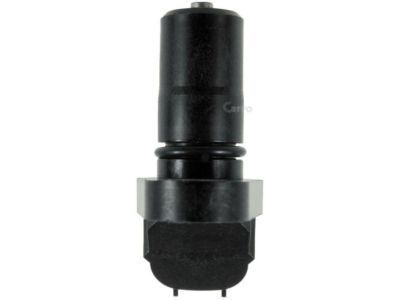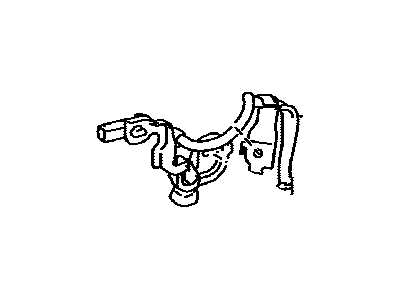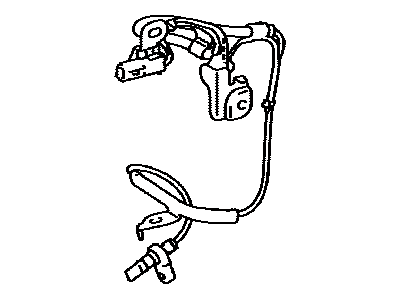

My Garage
My Account
Cart
Genuine Toyota Echo Speed Sensor
Speed Control Sensor- Select Vehicle by Model
- Select Vehicle by VIN
Select Vehicle by Model
orMake
Model
Year
Select Vehicle by VIN
For the most accurate results, select vehicle by your VIN (Vehicle Identification Number).
11 Speed Sensors found
Toyota Echo Sensor, Speedometer
Part Number: 83181-12020$271.08 MSRP: $388.71You Save: $117.63 (31%)Ships in 1-2 Business DaysToyota Echo Sensor, Speedometer
Part Number: 83181-12040$298.11 MSRP: $427.47You Save: $129.36 (31%)Ships in 1-3 Business DaysToyota Echo Sensor, Transmission Revolution
Part Number: 89413-32010$110.79 MSRP: $156.17You Save: $45.38 (30%)Ships in 1-3 Business DaysToyota Echo Front Speed Sensor Right Hand
Part Number: 89542-52010$234.77 MSRP: $336.65You Save: $101.88 (31%)Ships in 1-3 Business DaysToyota Echo Front Speed Sensor Left Hand
Part Number: 89543-52010$234.77 MSRP: $336.65You Save: $101.88 (31%)Ships in 1-3 Business DaysToyota Echo Sensor, Skid Control
Part Number: 89544-12010$194.75 MSRP: $239.88You Save: $45.13 (19%)Ships in 1-3 Business DaysToyota Echo Sensor, Skid Control
Part Number: 89544-52010$208.67 MSRP: $257.02You Save: $48.35 (19%)Ships in 1-3 Business DaysToyota Echo Sensor, Skid Control
Part Number: 89544-52030$194.75 MSRP: $239.88You Save: $45.13 (19%)Ships in 1-3 Business DaysToyota Echo Sensor, Skid Control
Part Number: 89544-52020$194.75 MSRP: $239.88You Save: $45.13 (19%)Ships in 1-3 Business Days
Toyota Echo Speed Sensor
If you are in demand for superior quality and affordable OEM Toyota Echo Speed Sensor, then shop with us! We own a wide range of the reduced-priced genuine Toyota Echo Speed Sensor. You can purchase in confidence as all parts come with a manufacturer's warranty. Any issues with our products? No need to worry as we have a hassle-free return policy to guide you every step of the way.
Toyota Echo Speed Sensor Parts Questions & Experts Answers
- Q: How is the Speed Sensor Testing Conducted on Toyota Echo?A:Before its removal, ensure the functionality of the sensors by connecting the voltmeter to the sensor's multi-plug and isolate the other end of the multi-connector; Test with a digital meter with AC facility. Lift the vehicle to get to the relevant wheel and then unplug the wiring to the ABS sensor and then attach the meter. Adjust the wheel so that the output voltage is between 1.5 and 2.0 V may be done with the wheel; watch the AC output by observing the oscilloscope, which is an output voltage varies with the wheel speed. When the output of sensor is low or even zero, change the new sensor. Technique of measurement of the front wheel sensor is more demanding: hand brake, loosening of the front wheel nuts, raising of the car using the jack, and then removing the wheel. Loosen the mounting bolt fixing the sensor onto the hub and pull off the sensor using penetrating oil if required to get past the hardness of the two surfaces. If it does not require removal, then only disconnect the wiring of the sensor. Remove the bolt from the side of the tray just seen when unbolting the sensor wiring support bracket in the wheel arch and make your way to the grommet of the sensor wiring to locate the multi-plug and disconnect it. For the rear wheel sensor, the part is pressed into the rear hub of the car and requires a puller for removal and a press for installation; thus, it is best to consult a Toyota dealer owing to the costs and dangers involved. Refitting basically involves the following steps that are the opposite of the removal steps.



